
Santiago: The Heartbeat of the Dominican Republic
Discover Santiago, the cultural and historical gem of the Dominican Republic, nestled in the scenic Cibao Valley and brimming with vibrant arts, markets, and natural beauty.
Santiago, officially known as Santiago de los Caballeros, is the second-largest city in the Dominican Republic. Nestled in the lush Cibao Valley, this vibrant city is known for its rich cultural heritage, historic landmarks, and warm hospitality. As you stroll through the streets, you'll encounter a blend of modernity and tradition, from bustling markets to contemporary art galleries. One of the city's highlights is the Monument to the Heroes of the Restoration, an iconic symbol that offers panoramic views of Santiago. Nearby, you can explore the Centro León, a cultural center showcasing Dominican art, history, and music. For a taste of local life, visit the Mercado Modelo, where you can find everything from fresh produce to handmade crafts. Santiago is also a gateway to the stunning natural beauty of the Dominican Republic. Just a short drive away, you can experience the breathtaking scenery of the Cordillera Septentrional mountain range or relax by the serene Yaque del Norte River. Whether you're a history buff, an art lover, or an outdoor enthusiast, Santiago has something to offer everyone.
Local tips in Santiago
- Visit the Monument to the Heroes of the Restoration early in the morning for the best views and fewer crowds.
- Try the local dish 'La Bandera Dominicana' at one of the city's many authentic restaurants.
- Wear comfortable shoes as you will be doing a lot of walking, especially in the historic downtown area.
- Take a day trip to the nearby Jarabacoa for outdoor activities like rafting and hiking.
- Learn a few basic Spanish phrases; while many locals speak some English, knowing Spanish will enhance your experience.
Neighbourhoods in Santiago
Santiago: The Heartbeat of the Dominican Republic
Santiago, officially known as Santiago de los Caballeros, is the second-largest city in the Dominican Republic. Nestled in the lush Cibao Valley, this vibrant city is known for its rich cultural heritage, historic landmarks, and warm hospitality. As you stroll through the streets, you'll encounter a blend of modernity and tradition, from bustling markets to contemporary art galleries. One of the city's highlights is the Monument to the Heroes of the Restoration, an iconic symbol that offers panoramic views of Santiago. Nearby, you can explore the Centro León, a cultural center showcasing Dominican art, history, and music. For a taste of local life, visit the Mercado Modelo, where you can find everything from fresh produce to handmade crafts. Santiago is also a gateway to the stunning natural beauty of the Dominican Republic. Just a short drive away, you can experience the breathtaking scenery of the Cordillera Septentrional mountain range or relax by the serene Yaque del Norte River. Whether you're a history buff, an art lover, or an outdoor enthusiast, Santiago has something to offer everyone.
When is the best time to go to Santiago?
Iconic landmarks you can’t miss
Monument to the Heroes of the Restoration
Explore the Monument to the Heroes of the Restoration in Santiago, a stunning tribute to Dominican valor and independence, surrounded by rich culture and history.
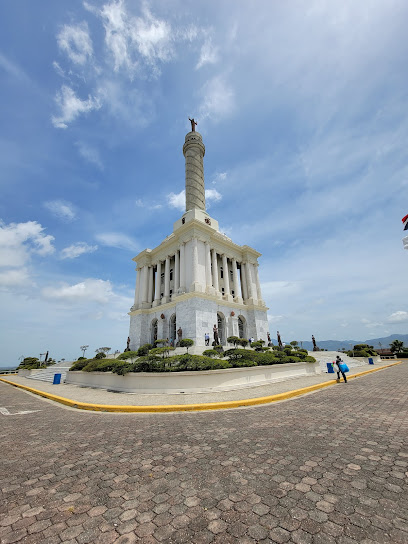
Colinas Mall
Explore Colinas Mall: Santiago's premier shopping destination offering a variety of shops, dining, and entertainment options for every traveler.
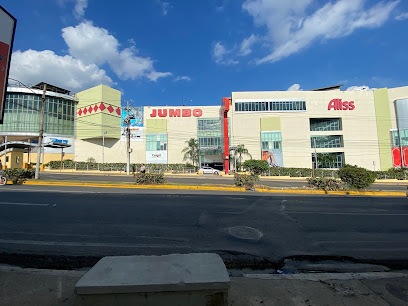
Square One
Discover the best of Dominican cuisine at Square One, a must-visit restaurant in Santiago de los Caballeros for food lovers and travelers.
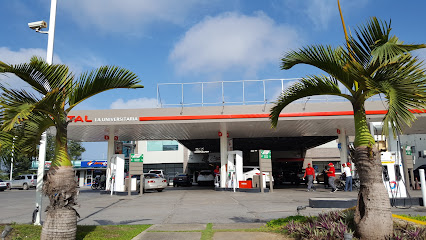
Bella Terra Mall
Discover the vibrant Bella Terra Mall in Santiago de los Caballeros, offering unique shopping, delightful dining, and exciting entertainment for tourists.
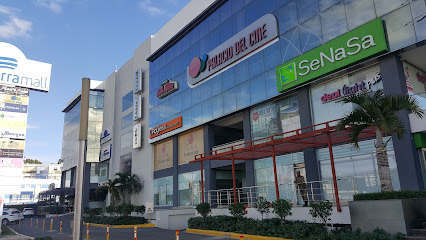
Centro Cultural Eduardo León Jimenes
Explore the artistic heritage of the Dominican Republic at the Centro Cultural Eduardo León Jimenes, a must-visit art museum in Santiago.
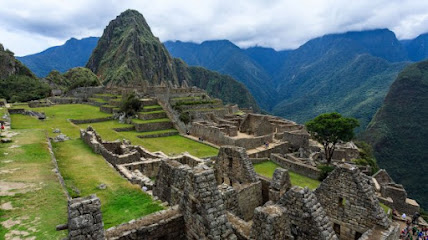
Duarte Park
Explore Duarte Park, a lush urban oasis in Santiago de los Caballeros, perfect for relaxation, picnics, and cultural experiences amidst vibrant greenery.
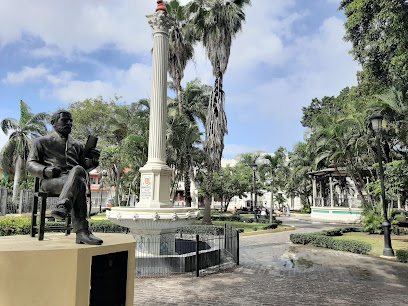
Jardín Botánico de Santiago Profesor Eugenio de Jesús Marcano Fondeur
Explore the enchanting Jardín Botánico de Santiago, a lush botanical garden offering tranquility and diverse plant life in Santiago de los Caballeros.
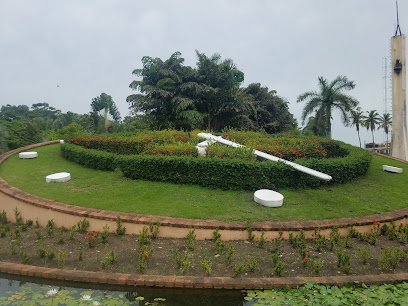
Hodelpa Gran Almirante Hotel & Casino Santiago, Hotel
Experience luxury and comfort at Hodelpa Gran Almirante Hotel & Casino in Santiago, the perfect blend of relaxation and entertainment.

Plaza Hache
Discover Plaza Hache: A shopping paradise in Santiago de los Caballeros, blending local culture with shopping, dining, and entertainment.
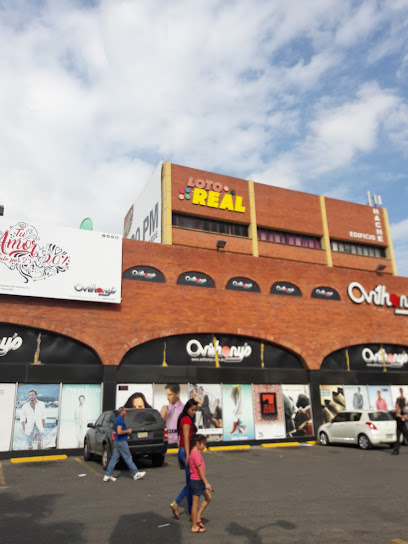
Scory Cafe
Discover Scory Cafe in Santiago de los Caballeros, where local flavors meet international cuisine in a warm, inviting atmosphere.
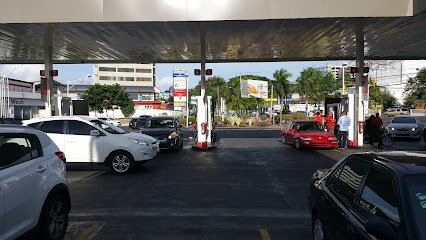
Puerta del Sol
Experience the essence of Dominican cuisine at Puerta del Sol, where vibrant flavors meet a welcoming atmosphere in Santiago de los Caballeros.
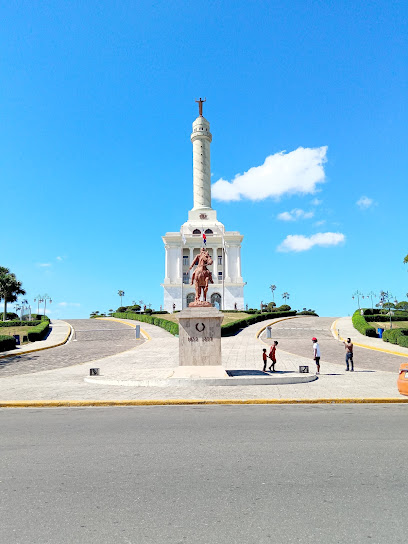
Monumento de Santiago
Explore the Monumento de Santiago, a majestic tribute to the heroes of the Dominican Civil War, showcasing stunning views and rich cultural heritage.
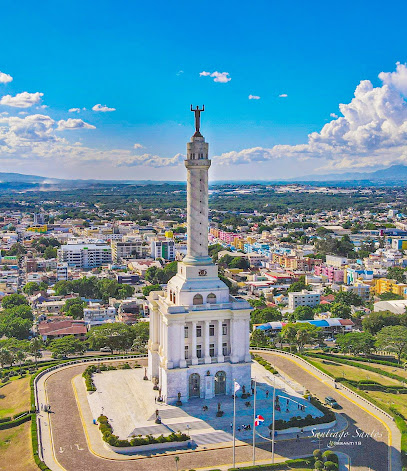
NOAH Restaurant & Lounge
Savor the rich flavors of Santiago de los Caballeros at NOAH Restaurant & Lounge, where modern dining meets local culinary traditions.
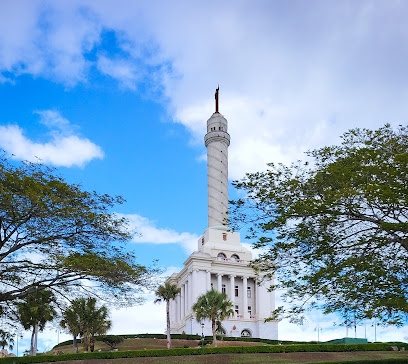
Kukaramacara Country Restaurant & Bar
Experience the authentic flavors of the Dominican Republic with exquisite seafood and steak dishes at Kukaramacara Country Restaurant & Bar in Santiago.
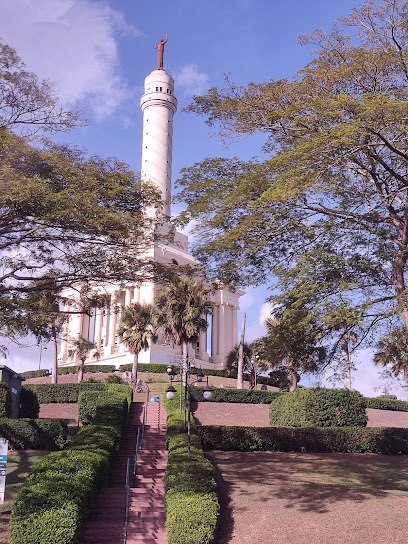
Cibao Football Club Stadium
Discover the vibrant spirit of Dominican soccer at Cibao Football Club Stadium, a must-visit venue for sports enthusiasts in Santiago de los Caballeros.

Unmissable attractions to see
Plaza de Armas de Santiago
Explore Plaza de Armas, Santiago's historic square, where vibrant culture, stunning architecture, and local traditions come alive in the heart of the city.
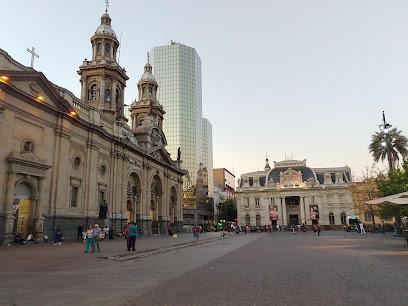
Parque Bicentenario
Discover the beauty of Parque Bicentenario, Santiago's urban oasis, featuring stunning landscapes, recreational activities, and cultural events.

Fantasilandia
Experience the excitement of Fantasilandia, Santiago's premier amusement park, offering thrilling rides and family fun in a picturesque setting.
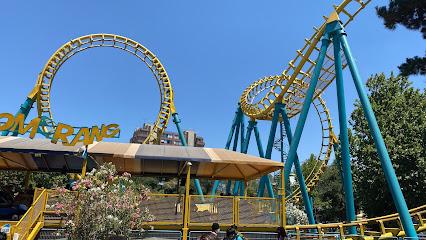
Parque Metropolitano de Santiago
Explore the beauty of Parque Metropolitano de Santiago, a sprawling urban park with breathtaking views, lush landscapes, and diverse outdoor activities.
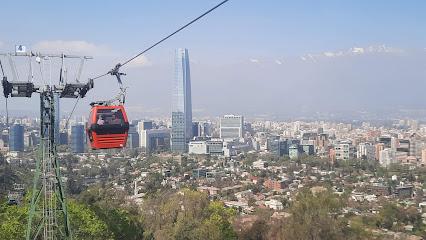
Araucano Park
Discover the lush landscapes and vibrant atmosphere of Araucano Park, a premier urban escape in the heart of Santiago, Chile.
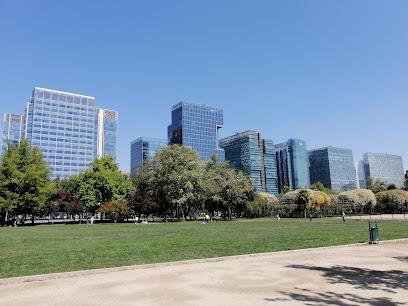
Parque Forestal
Discover the natural beauty and cultural charm of Parque Forestal, a premier urban park in Santiago, Chile, perfect for relaxation and exploration.
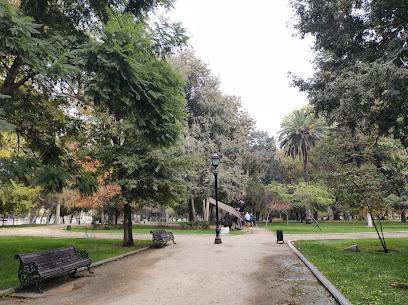
Parque Quinta Normal
Explore the lush landscapes and cultural treasures of Parque Quinta Normal, Santiago's premier park and tourist attraction.
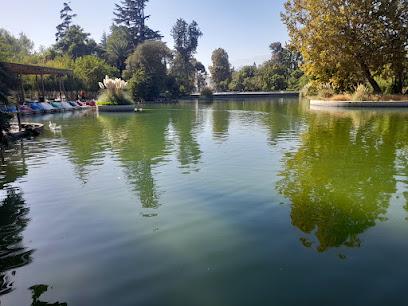
Reyes Park
Explore Reyes Park in Santiago, a lush urban oasis perfect for relaxation, recreation, and cultural experiences amidst the vibrant city life.
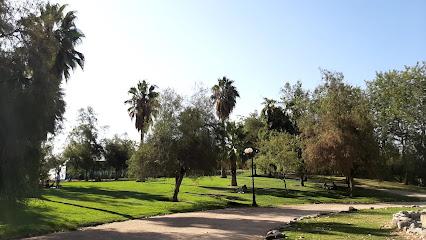
Gabriela Mistral Cultural Centre
Explore the Gabriela Mistral Cultural Centre, Santiago's vibrant hub for art, culture, and creativity, offering exhibitions, performances, and more.

Sky Costanera
Experience breathtaking panoramic views of Santiago at Sky Costanera, the tallest building in Latin America, offering a unique perspective of the city.
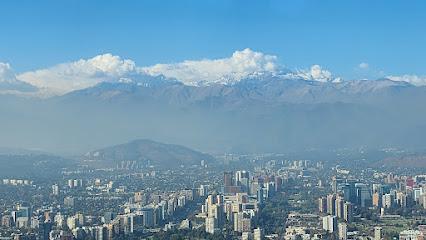
Plaza Brasil
Discover the vibrant atmosphere of Plaza Brasil, a cultural gem in Santiago perfect for art lovers and those seeking a taste of local life.
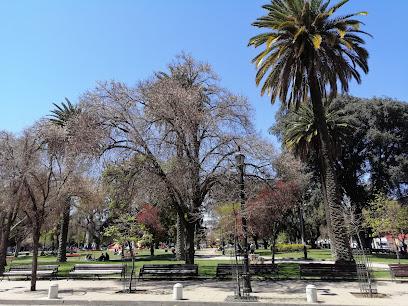
David Arellano Monumental Stadium
Dive into the heart of Chilean football at David Arellano Monumental Stadium, a cultural icon in Santiago, home to Colo-Colo.
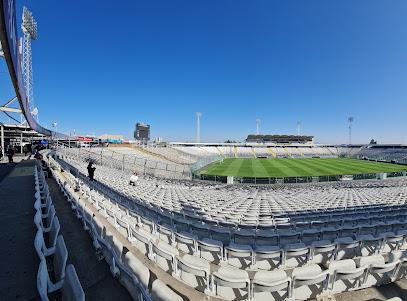
La Moneda Cultural Center
Explore art, culture, and history at La Moneda Cultural Center, a vibrant hub in Santiago showcasing Chile's rich heritage.

National Museum of Fine Arts
Explore Chile's artistic heritage at the National Museum of Fine Arts, showcasing a remarkable collection of classical and modern masterpieces.
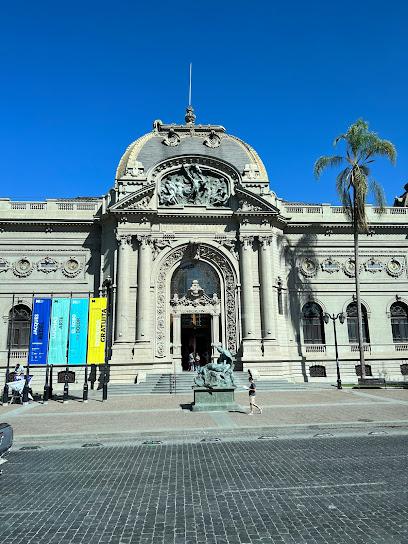
Los Dominicos Craft Centre
Explore the vibrant Los Dominicos Craft Centre in Santiago for an authentic experience of Chilean artistry, culture, and unique handmade souvenirs.

Essential places to dine
Square One
Experience exquisite dining at Square One - where local and international flavors unite in Santiago de los Caballeros.
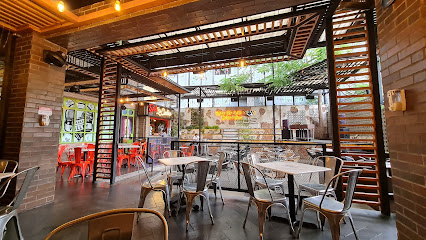
Asadero Doña Pula
Discover Asadero Doña Pula: A premier chophouse in Santiago offering authentic Dominican dishes with a welcoming ambiance.
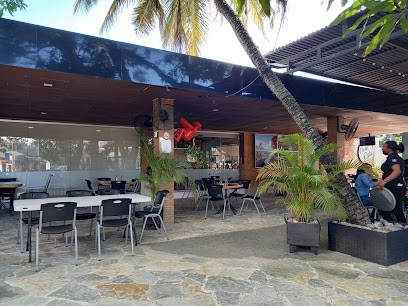
Rancho Chito Restaurant
Discover authentic Dominican flavors at Rancho Chito Restaurant in Ortega – where every dish is a taste of tradition.
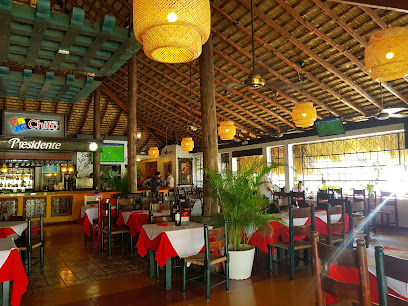
Ocio Gastropub
Experience the fusion of local Dominican flavors and international cuisine at Ocio Gastropub in Santiago de los Caballeros.
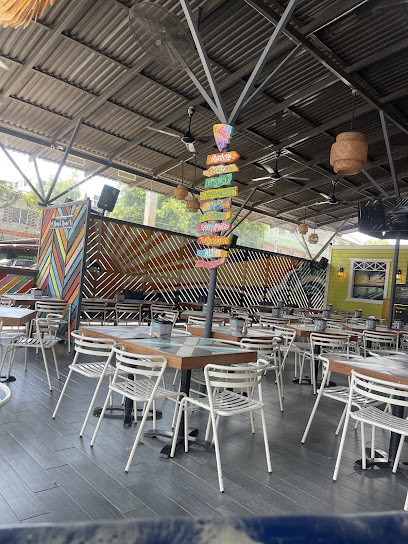
Camp David Ranch Restaurant
Discover exquisite dining at Camp David Ranch Restaurant - where culinary excellence meets breathtaking natural beauty.
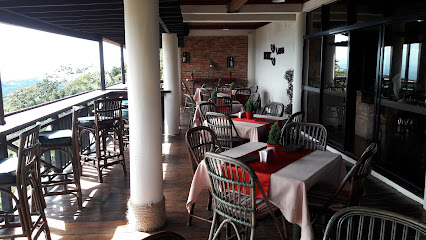
Scory Cafe
Discover the culinary delights of Scory Cafe in Santiago de los Caballeros - where local flavors meet cozy vibes.
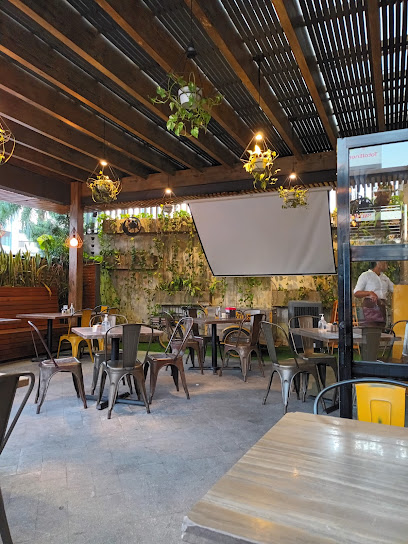
Mr. Grilled
Discover the vibrant flavors of Dominican cuisine at Mr. Grilled - Santiago's top destination for exquisite grilled dishes.
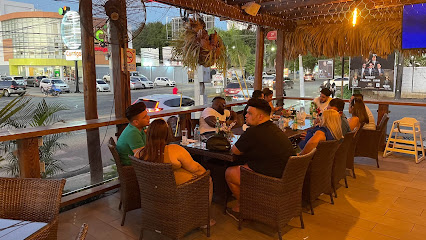
Hazlo Simple
Discover Hazlo Simple in Santiago: Where Flavor Meets Fun with Exceptional Burgers and Warm Hospitality.
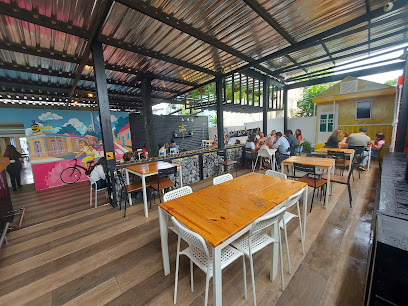
The Circus Food Park
Experience global flavors at The Circus Food Park in Santiago de los Caballeros – where every bite tells a story!
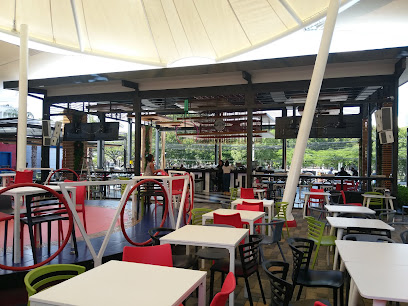
El Tablon Latino
Savor the rich flavors of Dominican cuisine at El Tablon Latino in Santiago de los Caballeros – where every meal tells a story.
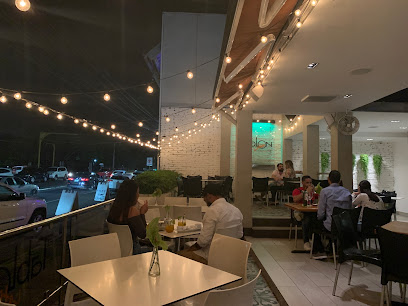
Muuu Meat & Grill
Experience the ultimate meat lover's haven at Muuu Meat & Grill in Santiago de los Caballeros—where every bite is a celebration of flavor.
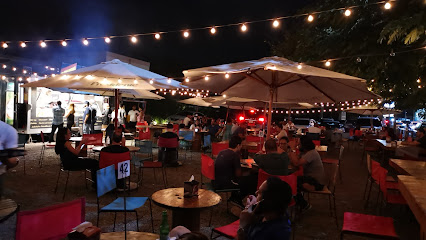
Puerta del Sol
Experience authentic Dominican cuisine at Puerta del Sol in Santiago de los Caballeros – where flavor meets vibrant culture.
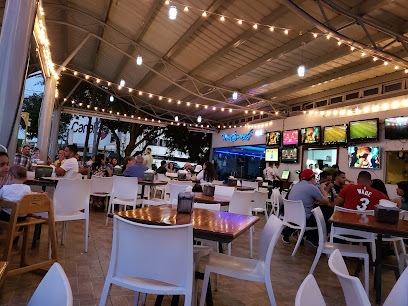
La Parrillita
Experience authentic Dominican flavors at La Parrillita, where succulent steaks and vibrant Latin American dishes await every meat lover.
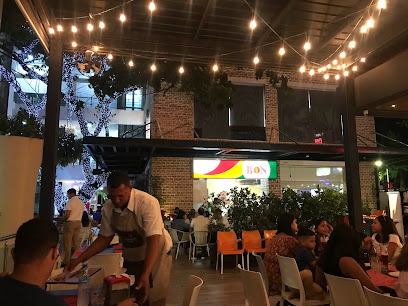
La Locanda Restaurante
Discover authentic Italian cuisine at La Locanda Restaurante in Santiago de los Caballeros—where every dish tells a delicious story.
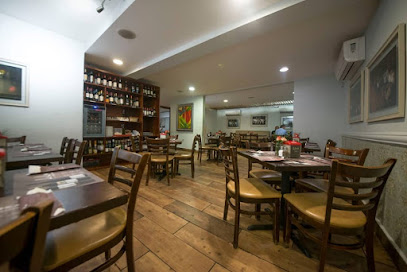
Fridays
Experience the best of American cuisine at Fridays in Santiago de los Caballeros - where great food meets vibrant atmosphere.
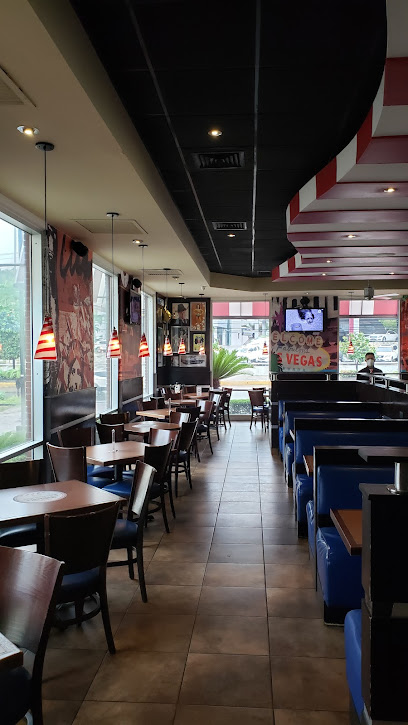
Markets, malls and hidden boutiques
Colinas Mall
Explore Colinas Mall in Santiago de los Caballeros for an unforgettable shopping and dining experience, rich in local culture and international flair.
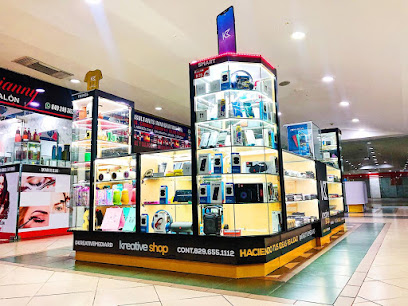
Aliss Santiago - Dominican Republic
Discover Aliss Santiago: Your Ultimate Shopping Destination in Santiago de los Caballeros, Dominican Republic, Offering Quality Products at Fair Prices.
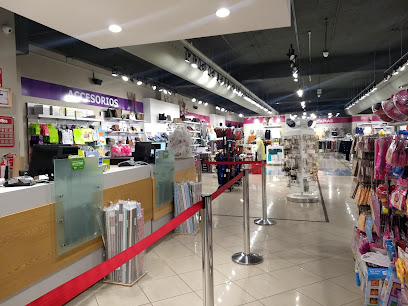
La Rosé
Explore Santiago's vibrant shopping scene at La Rosé, offering clothing, home goods, and exquisite embroidery services for every taste.
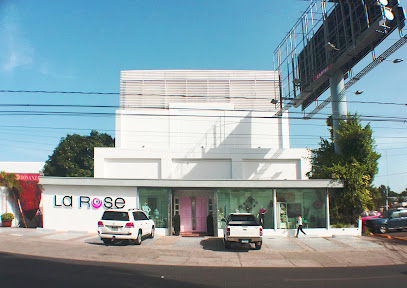
Idegalo Gift Shop
Explore Idegalo Gift Shop for unique souvenirs and vibrant local crafts in Santiago de los Caballeros, a must-visit destination for every traveler.
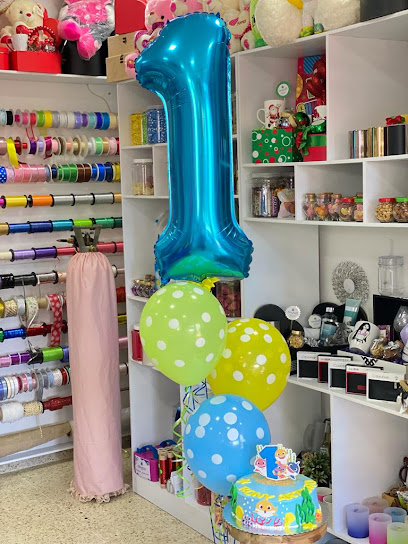
Cabinet Tabaco Boutique - Santiago
Discover the ultimate cigar experience at Cabinet Tabaco Boutique in Santiago, offering premium cigars and a cozy bar atmosphere for relaxation.
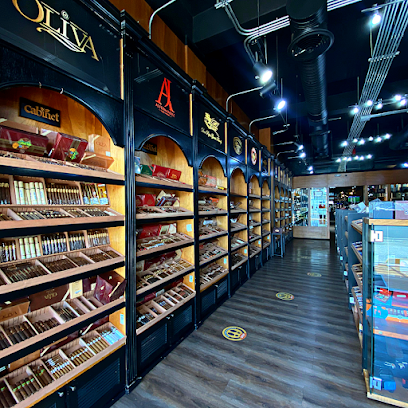
ArquiShop
Explore the vibrant world of scale models at ArquiShop, a must-visit destination in Santiago de los Caballeros for hobbyists and tourists.
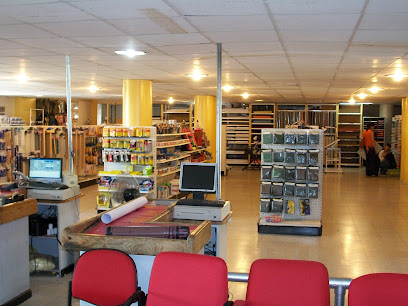
Almacenes La 70 santiago
Explore Almacenes La 70 in Santiago de los Caballeros for unique gifts and local crafts that embody Dominican culture.
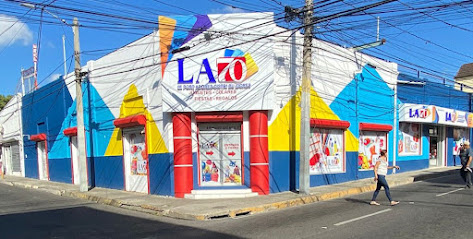
TRUTH DETAILS
Explore TRUTH DETAILS, a charming gift shop in Santiago de los Caballeros offering unique local crafts and souvenirs that capture the essence of Dominican culture.
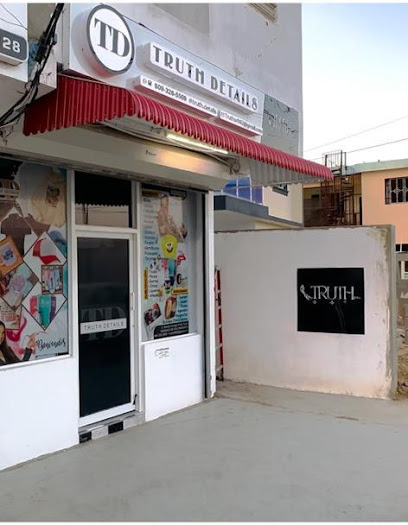
tienda prin
Explore Tienda Prin: A vibrant shopping mall in Santiago de los Caballeros, showcasing local culture and unique products for an unforgettable shopping experience.
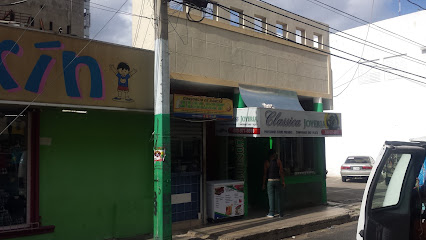
Inspiraciones RD
Explore unique gifts and local crafts at Inspiraciones RD, the must-visit gift shop in Santiago de los Caballeros, Dominican Republic.

apesito tienda
Discover unique gifts and local crafts at Apesito Tienda, the perfect souvenir shop in Santiago de los Caballeros.

Thepother Fashion
Explore Thepother Fashion in Santiago de los Caballeros for unique, stylish clothing and exceptional personalized service in a chic boutique setting.

Dess-Art
Discover unique handcrafted gifts and vibrant resin art at Dess-Art, a charming gift shop in Santiago de los Caballeros.

BLOKE 30 BOUTIQUE
Explore BLOKE 30 BOUTIQUE in Santiago de los Caballeros for the latest in fashion and unique local styles, a must-visit for every discerning traveler.
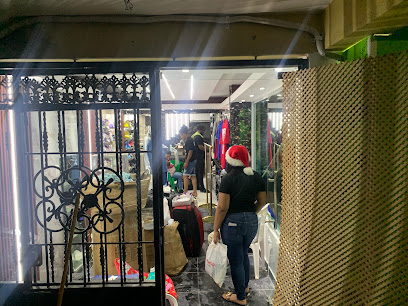
Eloy Store
Explore Eloy Store in Santiago de los Caballeros for exquisite handcrafted costume jewelry that embodies Dominican artistry and culture.
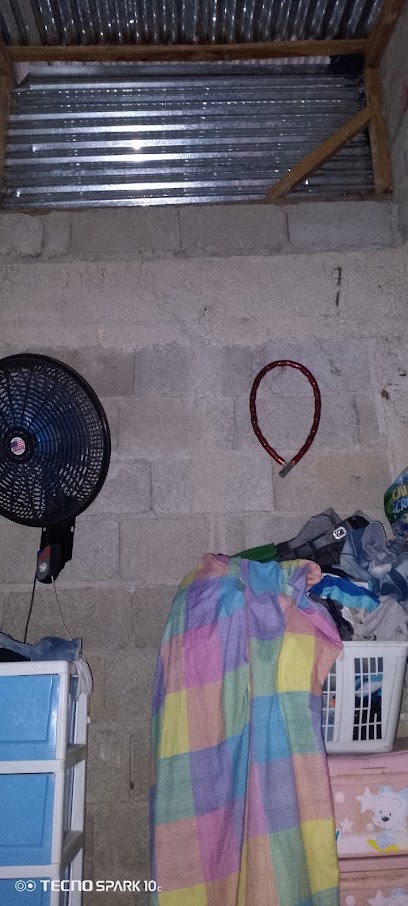
Essential bars & hidden hideouts
Ahí-Bar Café & Grill
Experience the vibrant ambiance and flavorful cuisine at Ahí-Bar Café & Grill, the perfect bar for a delightful evening in Santiago de los Caballeros.
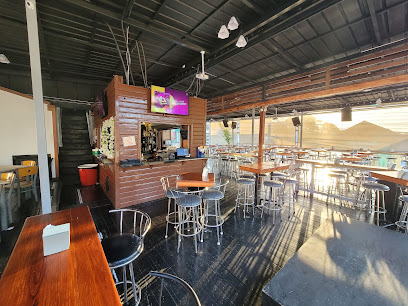
Lovera Bar 2
Experience the vibrant nightlife of Santiago at Lovera Bar 2, where signature cocktails and lively entertainment await you.
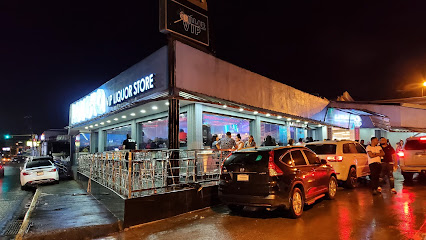
Casa Bader
Experience the heart of Santiago's nightlife at Casa Bader, a lively bar known for its refreshing drinks and vibrant atmosphere.

International Gozamba Bar
Immerse yourself in the vibrant nightlife at the International Gozamba Bar in Santiago de los Caballeros, where music, cocktails, and culture come alive.
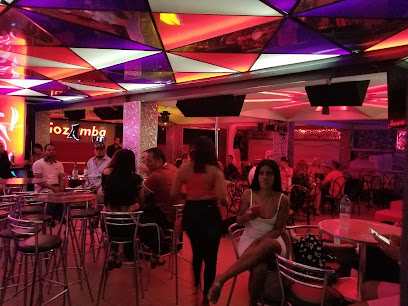
Saga Restaurant & Cigar Club
Experience the ultimate fusion of gourmet dining and premium cigars at Saga Restaurant & Cigar Club in Santiago de los Caballeros.

Barajando Bar
Explore the vibrant nightlife of Santiago de los Caballeros at Barajando Bar, where lively music and delicious drinks create an unforgettable experience.
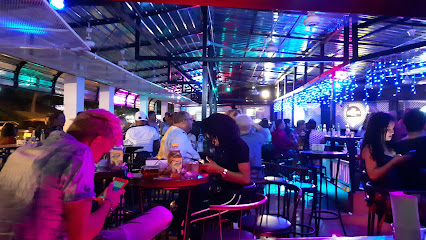
Vinoabeber
Experience the vibrant atmosphere and exquisite wine selection at Vinoabeber, Santiago's top wine bar and tapas destination.
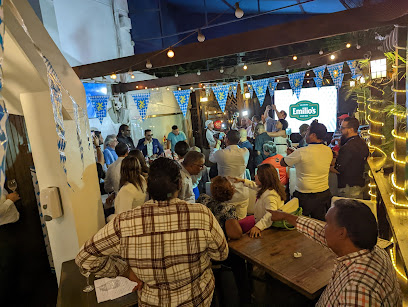
Marraya Drink, Marraya Bar
Discover Santiago's nightlife at Marraya Drink, Marraya Bar - a vibrant bar offering delicious cocktails and an unforgettable atmosphere.
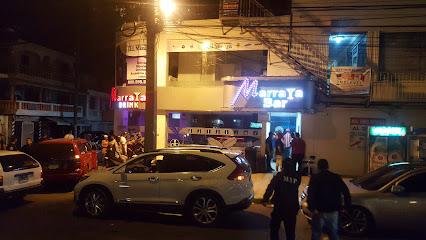
Partners Sport Bar
Experience the thrill of live sports at Partners Sport Bar in Santiago de los Caballeros, where great drinks and exciting games come together.
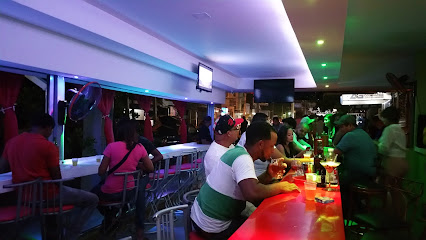
Dubai Club 2.5
Discover the vibrant nightlife of Santiago de los Caballeros at Dubai Club 2.5, where music, dancing, and great drinks await!
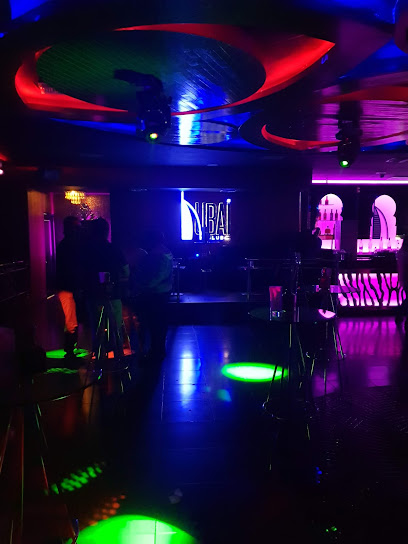
F Dance & Drink
Experience the vibrant nightlife of Santiago at F Dance & Drink, where great music and cocktails meet the dance floor.
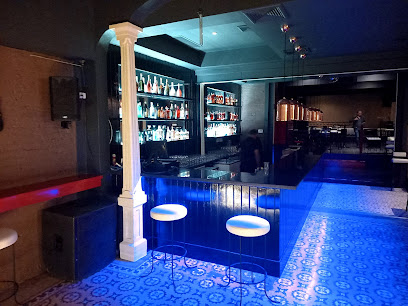
One Way
Experience vibrant nightlife at One Way in Santiago de los Caballeros, where great drinks and local vibes collide for an unforgettable evening.

Hielo y Sal Bar and Lounge
Discover the lively ambiance and exceptional cocktails at Hielo y Sal Bar and Lounge in Santiago de los Caballeros, a perfect nightlife destination.
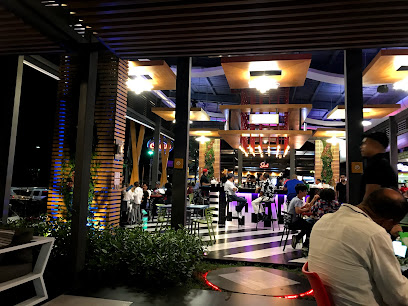
O Beer Pub
Discover the heart of Santiago de los Caballeros at O Beer Pub, a lively brewpub offering craft beers and delicious bites in a vibrant setting.
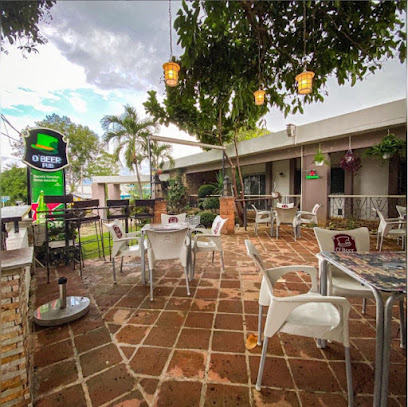
House Blend Cigar Lounge & Bar
Discover the perfect blend of premium cigars and crafted cocktails at House Blend Cigar Lounge & Bar in Santiago de los Caballeros.
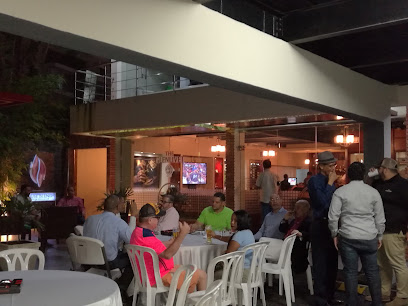
Local Phrases
-
- HelloHola
[oh-lah] - GoodbyeAdiós
[ah-dee-ohs] - YesSí
[see] - NoNo
[noh] - Please/You're welcomePor favor/De nada
[por fah-vor/de nah-dah] - Thank youGracias
[grah-see-as] - Excuse me/SorryPerdón/Lo siento
[pair-dohn/loh see-en-toh] - How are you?¿Cómo estás?
[koh-moh ehs-tahs] - Fine. And you?Bien. ¿Y tú?
[bee-en. ee too] - Do you speak English?¿Hablas inglés?
[ah-blahs een-glehs] - I don't understandNo entiendo
[noh ehn-tee-ehn-doh]
- HelloHola
-
- I'd like to see the menu, pleaseMe gustaría ver el menú, por favor
[meh goo-stah-ree-ah vehr ehl meh-noo, por fah-vor] - I don't eat meatNo como carne
[noh koh-moh kahr-neh] - Cheers!¡Salud!
[sah-lood] - I would like to pay, pleaseMe gustaría pagar, por favor
[meh goo-stah-ree-ah pah-gahr, por fah-vor]
- I'd like to see the menu, pleaseMe gustaría ver el menú, por favor
-
- Help!¡Ayuda!
[ah-yoo-dah] - Go away!¡Vete!
[veh-teh] - Call the Police!¡Llama a la policía!
[yah-mah ah lah poh-lee-see-ah] - Call a doctor!¡Llama a un doctor!
[yah-mah ah oon dohk-tohr] - I'm lostEstoy perdido
[ehs-toy pair-dee-doh] - I'm illEstoy enfermo
[ehs-toy ehn-fehr-moh]
- Help!¡Ayuda!
-
- I'd like to buy...Me gustaría comprar...
[meh goo-stah-ree-ah kohm-prahr] - I'm just lookingSolo estoy mirando
[soh-loh ehs-toy mee-rahn-doh] - How much is it?¿Cuánto cuesta?
[kwan-toh kwehs-tah] - That's too expensiveEso es muy caro
[eh-so es moo-ee kah-roh] - Can you lower the price?¿Puede bajar el precio?
[pweh-deh bah-hahr ehl pree-syoh]
- I'd like to buy...Me gustaría comprar...
-
- What time is it?¿Qué hora es?
[keh oh-rah es] - It's one o'clockEs la una
[es lah oo-nah] - Half past (10)Las diez y media
[lahs dyehs ee meh-dee-ah] - MorningMañana
[mah-nyah-nah] - AfternoonTarde
[tahr-deh] - EveningNoche
[noh-cheh] - YesterdayAyer
[ah-yehr] - TodayHoy
[oy] - TomorrowMañana
[mah-nyah-nah] - 1Uno
[oo-noh] - 2Dos
[dohs] - 3Tres
[trehs] - 4Cuatro
[kwah-troh] - 5Cinco
[seen-koh] - 6Seis
[says] - 7Siete
[syeh-teh] - 8Ocho
[oh-choh] - 9Nueve
[nweh-veh] - 10Diez
[dyehs]
- What time is it?¿Qué hora es?
-
- Where's a/the...?¿Dónde está un/el...?
[dohn-deh ehs-tah oon/ehl] - What's the address?¿Cuál es la dirección?
[kwal ehs lah dee-rek-syon] - Can you show me (on the map)?¿Puedes mostrarme (en el mapa)?
[pweh-dehs mohs-trar-meh (ehn ehl mah-pah)] - When's the next (bus)?¿Cuándo es el próximo (autobús)?
[kwan-doh ehs ehl prohk-see-moh (ow-toh-boos)] - A ticket (to ....)Un boleto (para ....)
[oon boh-leh-toh (pah-rah)]
- Where's a/the...?¿Dónde está un/el...?
History of Santiago
-
Santiago de los Caballeros was founded in 1495 as part of the first wave of European colonization of the Americas. The city was named after Saint James, the patron saint of Spain, and 'de los Caballeros' reflects the noble status of its early settlers. It quickly became an important settlement in the colony of Hispaniola.
-
In 1844, the Battle of Santiago was a pivotal moment in the Dominican War of Independence. Dominican forces, led by General José María Imbert, successfully defeated the Haitian army, securing Santiago and contributing to the eventual independence of the Dominican Republic from Haiti.
-
From 1863 to 1865, Santiago was a central stage for the Dominican Restoration War, a conflict aimed at reclaiming independence from Spanish annexation. The war saw significant battles in and around Santiago, and its successful outcome reinstated Dominican sovereignty.
-
The fertile lands surrounding Santiago in the Cibao Valley have been crucial to the Dominican Republic's agricultural economy. Throughout the 19th and 20th centuries, the region became known for its production of tobacco, coffee, and cacao, transforming Santiago into an economic hub.
-
Erected in 1944 by then-dictator Rafael Trujillo, the Monument to the Heroes of the Restoration is a significant landmark in Santiago. Originally named in honor of Trujillo, it was later rededicated to honor those who fought in the Dominican Restoration War. The monument is an iconic symbol of the city's historical and cultural identity.
-
Santiago is renowned for its rich cultural heritage, which includes traditional music genres like merengue and bachata, vibrant festivals such as Carnaval, and numerous museums and cultural institutions. The city's cultural landscape reflects the diverse influences that have shaped its history, from indigenous Taíno roots to Spanish colonialism and African heritage.
Santiago Essentials
-
Santiago de los Caballeros, commonly known as Santiago, is the second-largest city in the Dominican Republic. The nearest international airport is Cibao International Airport (STI), located about 15 kilometers from the city center. Direct flights are available from major cities in the United States, the Caribbean, and some parts of Europe. Alternatively, you can fly into Las Américas International Airport (SDQ) in Santo Domingo and take a bus or rent a car for the approximately 2-hour drive to Santiago.
-
In Santiago, public transportation options include buses, shared taxis (conchos), and motoconchos (motorcycle taxis). While conchos and motoconchos are affordable and widely available, it’s important to agree on the fare before your journey. Car rental services are available at the airport and in the city, offering a convenient option for exploring the surrounding areas. Taxis can be hailed on the street or arranged through your hotel or a local taxi service. Ride-sharing apps like Uber are also operational in Santiago.
-
The official currency in the Dominican Republic is the Dominican Peso (DOP). Credit and debit cards are widely accepted in hotels, restaurants, and larger stores; however, it is advisable to carry cash for smaller establishments and markets. ATMs are plentiful in Santiago, and most accept international cards. Currency exchange services are available at the airport, banks, and exchange bureaus in the city.
-
Santiago is generally safe for tourists, but like any city, it is important to stay vigilant. Avoid walking alone at night, especially in unfamiliar areas. Some neighborhoods with higher crime rates include La Yagüita de Pastor and El Ejido. Petty crimes such as pickpocketing and bag snatching can occur in crowded areas, so keep your belongings secure. Always use registered taxis or ride-sharing services, and avoid flashing expensive items in public.
-
In case of emergency, dial 911 for police, medical, or fire assistance. Cibao International Airport has a medical clinic, and Centro Médico Cibao and HOMS (Hospital Metropolitano de Santiago) are well-equipped hospitals in the city. Pharmacies are widely available for minor health issues. It is advisable to have travel insurance that covers medical emergencies and to carry a copy of your insurance policy and emergency contact numbers.
-
Fashion: Do dress modestly, especially when visiting religious sites. Avoid overly casual or revealing attire in formal settings. Religion: Do respect local customs. When visiting churches, dress conservatively and maintain a quiet demeanor. Public Transport: Do be courteous and respectful. Offer your seat to elderly passengers. Don’t engage in loud conversations or eat and drink on public transport. Greetings: Do greet people with a handshake and a friendly smile. A slight hug or cheek kiss is common among acquaintances. Eating & Drinking: Do try local foods and drinks, and accept hospitality graciously. Don’t refuse food or drink offerings, as it may be considered impolite.
-
To experience Santiago like a local, visit the Mercado Modelo, a bustling market where you can buy fresh produce, local crafts, and souvenirs. Enjoy a leisurely stroll along the Monumento a los Héroes de la Restauración, where locals gather for walks, picnics, and socializing. Try local dishes such as 'la bandera' (rice, beans, and meat) at traditional eateries. Engage with locals, who are known for their friendliness and hospitality. Don’t miss the annual Santiago Carnival in February, a vibrant celebration of local culture with parades, music, and dancing.
Trending Landmark in Santiago
-
Monument to the Heroes of the Restoration
-
Colinas Mall
-
Square One
-
Bella Terra Mall
-
Centro Cultural Eduardo León Jimenes
-
Duarte Park
-
Jardín Botánico de Santiago Profesor Eugenio de Jesús Marcano Fondeur
-
Hodelpa Gran Almirante Hotel & Casino Santiago, Hotel
-
Plaza Hache
-
Scory Cafe
-
Puerta del Sol
-
Monumento de Santiago
-
NOAH Restaurant & Lounge
-
Kukaramacara Country Restaurant & Bar
-
Cibao Football Club Stadium
Nearby Cities to Santiago
-
Things To Do in Rancagua
-
Things To Do in Viña del Mar
-
Things To Do in Valparaíso
-
Things To Do in Curicó
-
Things To Do in Mendoza
-
Things To Do in San Rafael
-
Things To Do in San Juan
-
Things To Do in Coquimbo
-
Things To Do in La Serena
-
Things To Do in Concepción
-
Things To Do in Temuco
-
Things To Do in Córdoba
-
Things To Do in Pucon
-
Things To Do in Valdivia
-
Things To Do in Osorno













